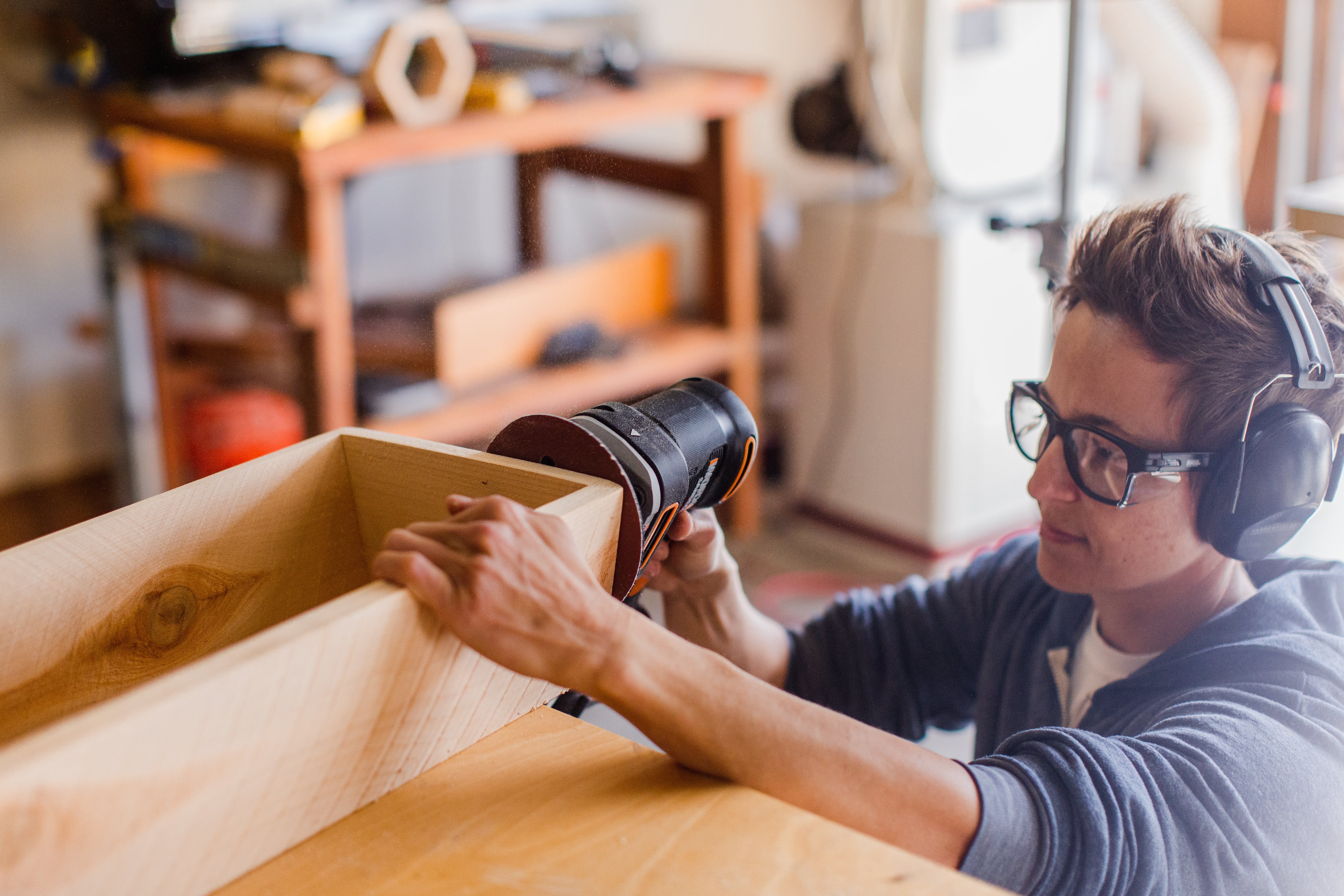Become a DIY Carpentry Pro With This Intro to the Basics
Everyone should learn the basics of carpentry. Basic carpentry skills can be good if you want to do some light woodworking and they can also be beneficial if you are working on DIY home renovation projects.
If you are new to DIY carpentry, you don’t want to start with complicated projects before developing the basic skills. By taking the time to master carpentry basics, you can avoid making simple mistakes that result in a lot of wasted time and material.
For those of you who are trying to learn how to do carpentry, the following skills will provide the foundation you need to work on a wide range of beginner carpentry projects. These include driving nails, drilling holes, measuring and marking, working with saws, and sanding.
Carpentry Basics Include Learning How to Drive Nails
Carpentry 101 starts with learning how to use a hammer. It might seem simple, but it does take skill and practice to do it right. If you don’t have good technique, you will end up with a lot of bent nails and bruised fingers.
One common mistake beginners make is to swing the hammer as hard as they can. Many people do not realize that accuracy is more important than power. Instead of trying to power the nail into the wood, go for a nice straight swing and let the weight of the hammer do more of the work.
Drilling Holes
Drilling holes is another important skill in carpentry for beginners. You are going to need to practice drilling straight and selecting the right bit for the project. Additionally, you will want to learn how to drive screws with your cordless drill.
Learn How to Do Carpentry With Accurate Measuring & Marking
Expert home improvement work requires accuracy. The quality of your finished product can depend heavily on how well you measure and mark your lumber. In many cases, being off by a small fraction of an inch can ruin your entire DIY carpentry project.
Measuring and marking might seem simple, but it can be trickier than you may think. A lot of lumber isn’t perfectly square, so you might end up with measurements that don’t match if you are not careful. Not only that, but there are techniques that can help with making long straight marks on a piece of lumber or for marking out perfect angles.
Working With Saws for DIY Carpentry
Learning to cut wood is one of the key basic carpentry skills. A range of hand saws should be a part of your basic carpentry toolkit, but you will also want to look into power saws.
If you are just starting to learn the basics, the 20V ExacTrack 6-1/2” Circular Saw can be a great addition to your tool collection. Circular saws can make a variety of cuts and this one offers a range of features that make it easy to cut accurately.
Sanding
Sanding wood is an important skill in beginner carpentry. You will not only need to learn sanding techniques, but you will also need to learn how to select the right sandpaper.
Sanding by hand can work well for many projects, but if you plan to do a lot of DIY carpentry, you will probably want to invest in a power sander. A random-orbit sander can be a good place to start for most beginners, but you may also want to look into a finish sander.
A multi-sander can also be a good option for those learning the basics of carpentry. With the 20V Sandeck 5-in-1 Multi-Sander, you get a tool that can do the work of multiple sanders. It can be a random-orbit sander, a finish sander and a detail sander all in one tool. All you have to do is change out the pads and switch the function.
Learning how to do carpentry can be great as a hobby and it can also be good for doing repairs and maintaining your home. With the skills we mentioned here, you can get started on your way to becoming a DIY carpentry pro.
Find the tools you need for your next DIY carpentry project at WORX!

